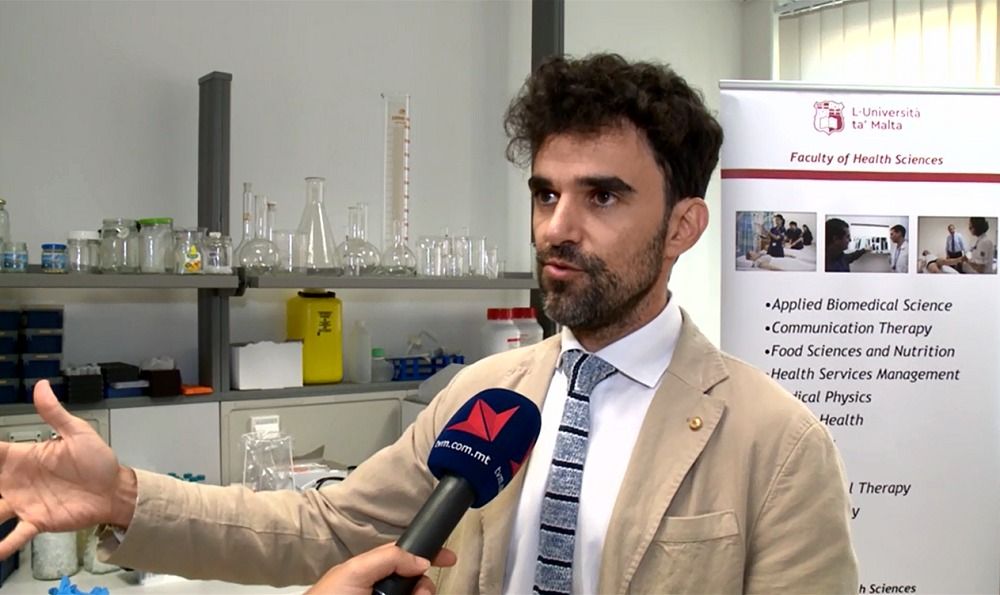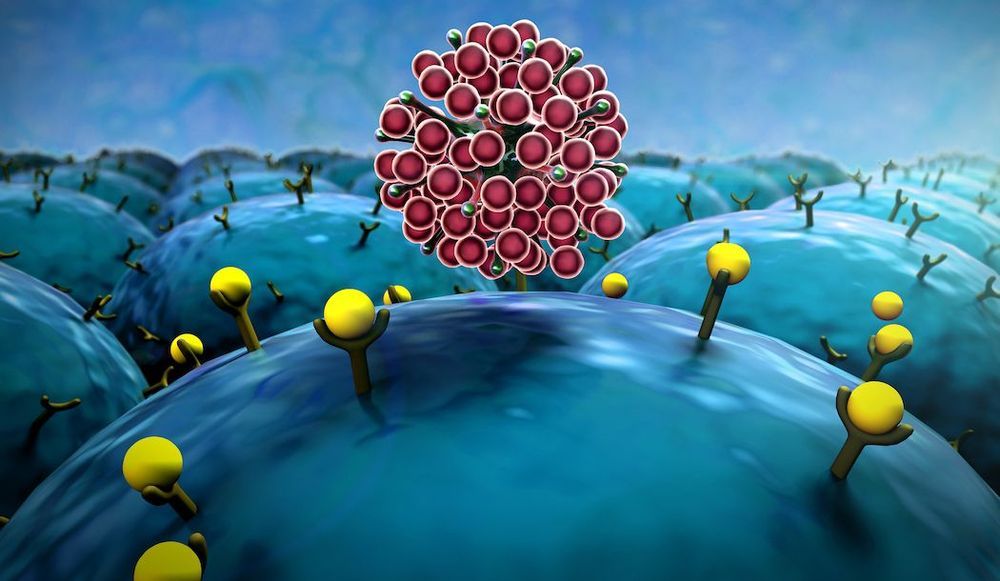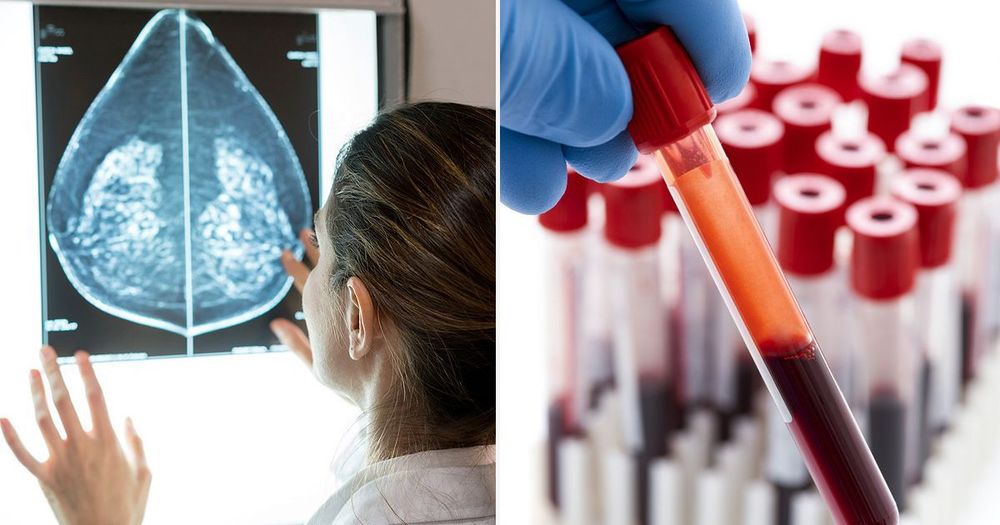Without this advance, the chips required to build an artificial retina would burn human eye tissue. | Unsplash/Createria, Pixabay/DavidZydd.


SU co-founder Peter Diamandis explores the virtually unlimited possibilities of our exponential universe.
Subscribe: http://bit.ly/1Wq6gwm
Connect with Singularity University:
Website: http://su.org
Blog: https://su.org/blog/
Hub: http://singularityhub.com
Facebook: https://www.facebook.com/singularityu
Twitter: https://twitter.com/singularityu
Linkedin: https://www.linkedin.com/company/singularity-university
About Singularity University:
Singularity University is a benefit corporation headquartered at NASA’s research campus in Silicon Valley. We provide educational programs, innovative partnerships and a startup accelerator to help individuals, businesses, institutions, investors, NGOs and governments understand cutting-edge technologies, and how to utilize these technologies to positively impact billions of people.
Singularity University
https://www.youtube.com/user/SingularityU

A Maltese scientist working with a group of researchers have found a way to re-activate the human immune system to fight cancer cells that can develop.
Dr. David Saliba is optimistic that their research will pave the way for the development of new therapies to fight cancer.
Together with a group of researchers from the University of Malta and the University of Oxford, Dr. David Saliba has for the last four years researched about how immune system cells communicate with each other, especially when it comes to combating cancer.

51-year-old astronaut Scott Kelly lived in the International Space Station for almost a year while his identical twin brother Mark continued with life on earth. As an astronaut, Scott is a member of group that’s been studied in greater depth than any other living humans. As part of a special study, so was his earthbound twin.
The many negatives of space travel were expected to take their toll on Scott’s health — and they did.

Every time you inhale through your nose, olfactory receptors in your nasal passages enable your sense of smell to function. These receptors consist of protein complexes that help you detect chemicals floating in the air.
But research now shows that those types of receptors aren’t only found along your breathing passages. They’re all over the body in a wide variety of organs, and they influence what organs like your liver and intestines are doing.
Added to that, cancer cells possess their own collection of olfactory receptors that affect how they function. And those receptors, some researchers believe, might represent one of cancer’s vulnerabilities – and a key to destroying cancers with scents.
This wearable gill could help you breathe underwater.

Researchers have created an AI that draws what a person in looking at in real time just by reading and decoding their brain waves. Perhaps most impressive of all, the technique is noninvasive, with all the brainwave information gathered through a cyberpunk-looking, electrode-covered electroencephalography (EEG) headset.
“Researchers used to think that studying brain processes via EEG is like figuring out the internal structure of a steam engine by analyzing the smoke left behind by a steam train,” researcher Grigory Rashkov said in a press release. “We did not expect that it contains sufficient information to even partially reconstruct an image observed by a person. Yet it turned out to be quite possible.”

